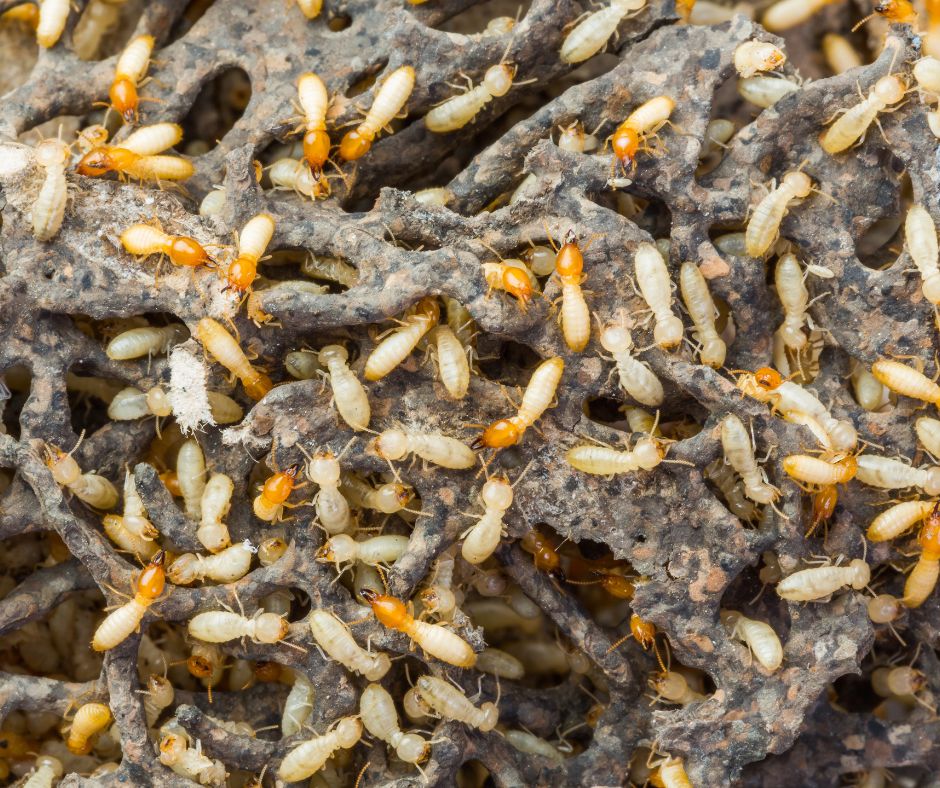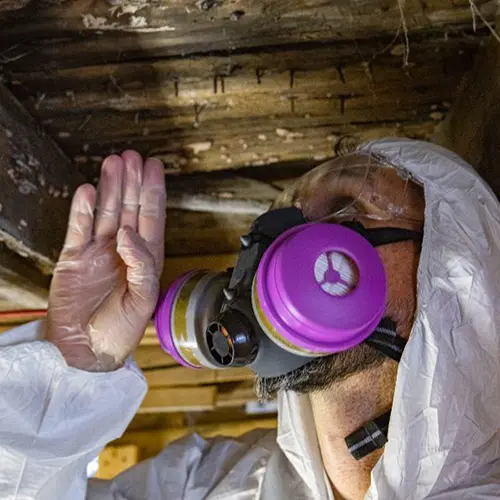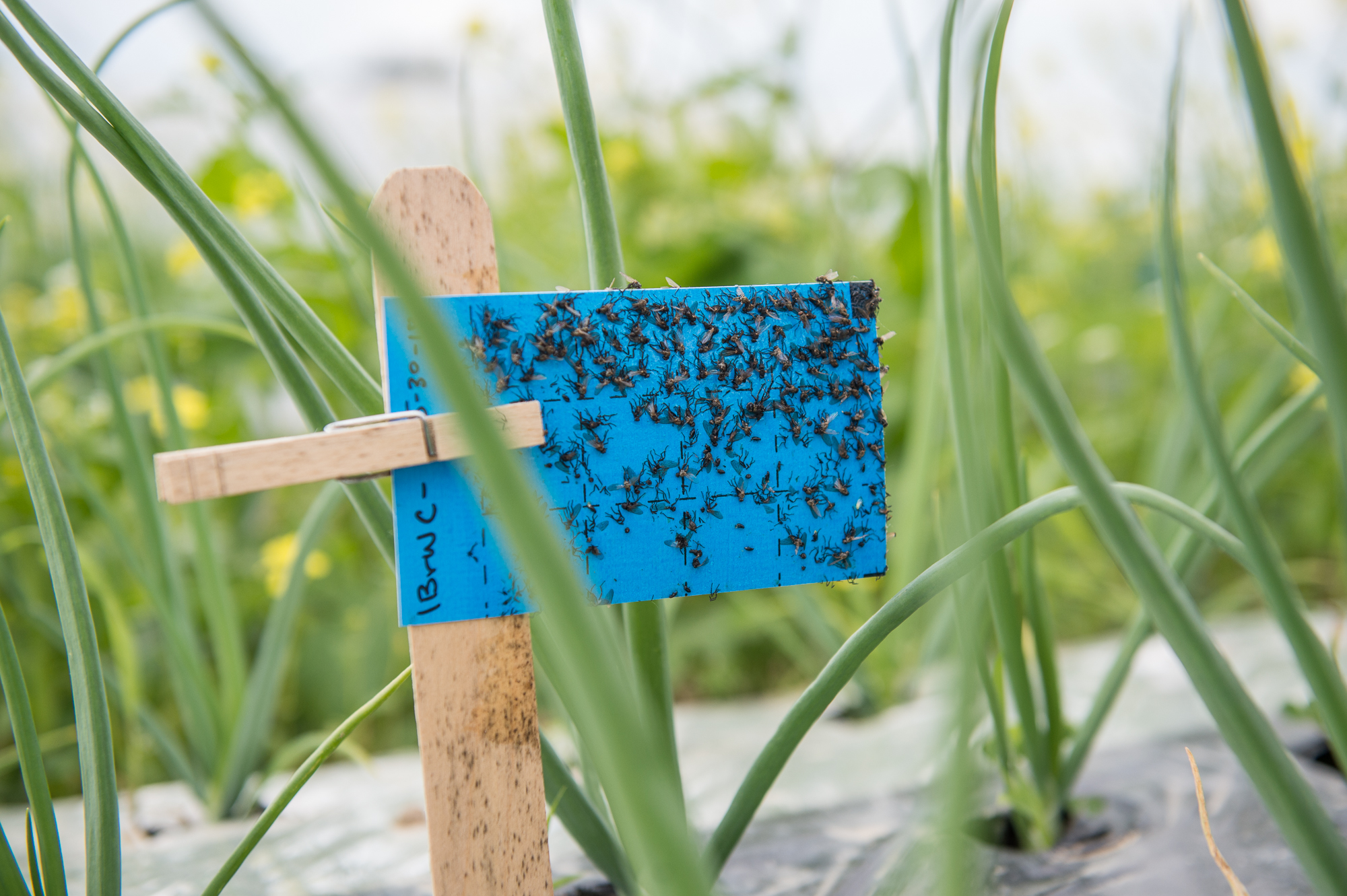Wildlife Removal Services in Port Charlotte for Humane and Safe Solutions
Discover the Latest Breakthroughs in Pest Control and How to Execute Efficient Therapy Solutions
In recent times, the area of bug control has actually observed substantial advancements, driven by the demand for lasting and effective therapy remedies. Cutting-edge approaches such as Integrated Insect Management (IPM) combine environmentally friendly experiment cutting-edge technology, enhancing both efficiency and ecological obligation. The combination of wise technologies and Do it yourself approaches has empowered people to tackle bug issues much more properly. As we discover these developments, it comes to be crucial to understand how finest to implement these techniques in various setups to attain optimal outcomes. The ramifications for bug administration practices can be transformative.
Eco-Friendly Insect Control Options
In current years, the need for environment-friendly insect control choices has actually risen as organizations and home owners alike seek sustainable options to conventional chemical treatments. This shift is driven by growing ecological awareness and a need to lessen the health dangers connected with synthetic pesticides.

Environment-friendly insect control methods incorporate a range of techniques that focus on the use of natural compounds and techniques. Integrated Pest Monitoring (IPM) is one such technique, combining organic, cultural, and mechanical techniques to take care of pest populaces while reducing dependence on chemicals (Wildlife removal services). This alternative method highlights prevention with habitat manipulation and the introduction of natural predators, consequently cultivating a balanced environment
One more prominent choice is the use of organic pesticides derived from plants, which have a tendency to be much less dangerous to non-target organisms. Products like neem oil and diatomaceous planet have obtained grip for their performance in regulating pests while posing marginal risks to human health and wellness and the atmosphere.
Additionally, exclusion techniques, such as securing access factors and keeping cleanliness, play an important role in green parasite administration. By taking on these lasting techniques, companies and individuals can successfully manage parasites while promoting a much healthier planet for future generations.
Smart Innovation in Parasite Administration
Technology is reshaping the landscape of parasite monitoring, with smart innovation emerging as a crucial force in boosting effectiveness and effectiveness - Wildlife removal services. The integration of Net of Points (IoT) devices, synthetic intelligence (AI), and information analytics is revolutionizing how insect control professionals come close to problems
Smart catches furnished with sensing units can detect insect task in real-time, sending out instant informs to operators. This allows for prompt actions, decreasing damage and reducing the demand for substantial treatments. Furthermore, AI formulas evaluate historical data to predict parasite behavior, making it possible for positive interventions based upon ecological conditions and invasion patterns.
Drones and automatic cars are additionally playing a considerable duty in parasite administration, offering aerial evaluations of big locations, recognizing hotspots, and also dispersing targeted treatments. These technologies not just improve procedures yet also boost security by restricting human exposure to potentially dangerous chemicals.
Furthermore, mobile applications encourage customers to keep an eye on pest activity and accessibility specialist advice, cultivating a collective strategy to pest administration. Generally, the fostering of clever technology is setting a brand-new requirement in parasite control, highlighting data-driven choices and lasting techniques that ultimately benefit both professionals and homeowners alike.
Integrated Insect Management Techniques
Integrated Pest Management (IPM) employs an all natural approach to pest control, combining different techniques to effectively take free pest inspection care of parasite populations while decreasing threats to human health and the environment. IPM revolves around recognizing the pest life cycle, their all-natural enemies, and the community in which they flourish.
Among the basic components of IPM is checking pest populations through normal examinations and data collection. This enables the recognition of insect limits, establishing when treatment is needed. Cultural techniques, such as plant environment, sanitation, and turning control, are necessary in reducing pest occurrence and promoting plant health.
Mechanical controls, consisting of catches and barriers, are likewise important in IPM. These techniques can literally remove or deter bugs without making use of chemicals. When required, the wise application of chemical controls is used, concentrating on targeted therapies that minimize environmental influence.
Education and collaboration among stakeholders, consisting of farmers, pest control experts, and the neighborhood, are critical for the successful application of IPM techniques. By prioritizing sustainable techniques, IPM not only addresses pest concerns yet additionally promotes a much healthier ecosystem.
Biological Control Methods
Countless biological control approaches are progressively identified for their efficiency in managing bug populaces while promoting eco-friendly equilibrium. These methods harness all-natural predators, parasites, and microorganisms to decrease pest numbers without depending on artificial chemicals. For instance, the intro of ladybugs can effectively regulate aphid populaces, while nematodes target soil-dwelling insect larvae.
Additionally, making use of microbial pesticides, such as Bacillus thuringiensis (Bt), provides an environmentally pleasant choice for managing caterpillar parasites. These products particularly target pest species, minimizing harm to helpful insects and pollinators. Preservation biological control highlights boosting habitats for natural opponents, such as birds and valuable pests, thus urging their presence in farming systems.
Study continues to disclose ingenious methods within this area, such as the use of pheromones to interrupt pest breeding patterns or the growth of biocontrol agents via hereditary engineering. Applying these approaches can bring about lasting parasite administration techniques that alleviate the dependence on chemical treatments, ultimately cultivating healthier ecological communities. As recognition of these strategies grows, they are coming to be integral components of incorporated parasite monitoring (IPM) methods, supplying an equilibrium between effective parasite control and ecological stewardship.
DIY Pest Control Solutions
As homeowners look for effective ways to take on pest issues, do it yourself insect control solutions have actually obtained appeal for their accessibility and cost-effectiveness. These methods encourage individuals to resolve invasions making use of readily available materials and methods, frequently without the requirement for specialist intervention.

Additionally, keeping proper hygiene and normal examinations can avoid parasite access and nesting (Wildlife removal services). Basic practices, such as sealing fractures, getting rid of food sources, and decluttering, can dramatically diminish parasite populations. Traps, both homemade and readily readily available, can also offer efficient remedies for tracking and managing certain bugs like rats or pests

Final Thought
The assimilation of environment-friendly read the full info here insect control alternatives, wise technology, and ingenious management methods offers a thorough approach to reliable parasite management. you can try here By embracing Integrated Pest Monitoring (IPM) and making use of biological control techniques, along with do it yourself services, responsible and sustainable bug control can be attained. These advancements not only boost the efficiency of insect monitoring methods but likewise add to a healthier environment. Implementing these strategies cultivates a well balanced ecosystem while efficiently dealing with pest populaces.
Environmentally friendly pest control methods include a variety of techniques that focus on the use of all-natural materials and techniques. Integrated Bug Monitoring (IPM) is one such strategy, integrating organic, social, and mechanical techniques to handle insect populations while minimizing dependence on chemicals. As recognition of these methods grows, they are coming to be important parts of incorporated insect monitoring (IPM) strategies, providing a balance in between reliable parasite control and environmental stewardship.
The combination of green insect control choices, clever technology, and cutting-edge administration methods offers an extensive strategy to reliable pest administration. By embracing Integrated Bug Monitoring (IPM) and using biological control techniques, together with DIY remedies, lasting and accountable insect control can be attained.